How Data-Driven Hiring Reduces Costs and Improves Workforce Efficiency
Mar 29, 2025

Mar 29, 2025

Mar 29, 2025

Mar 29, 2025

Mar 29, 2025

Mar 29, 2025

Mar 27, 2025

Mar 27, 2025

Mar 25, 2025
Sorry, but nothing matched your search "". Please try again with some different keywords.

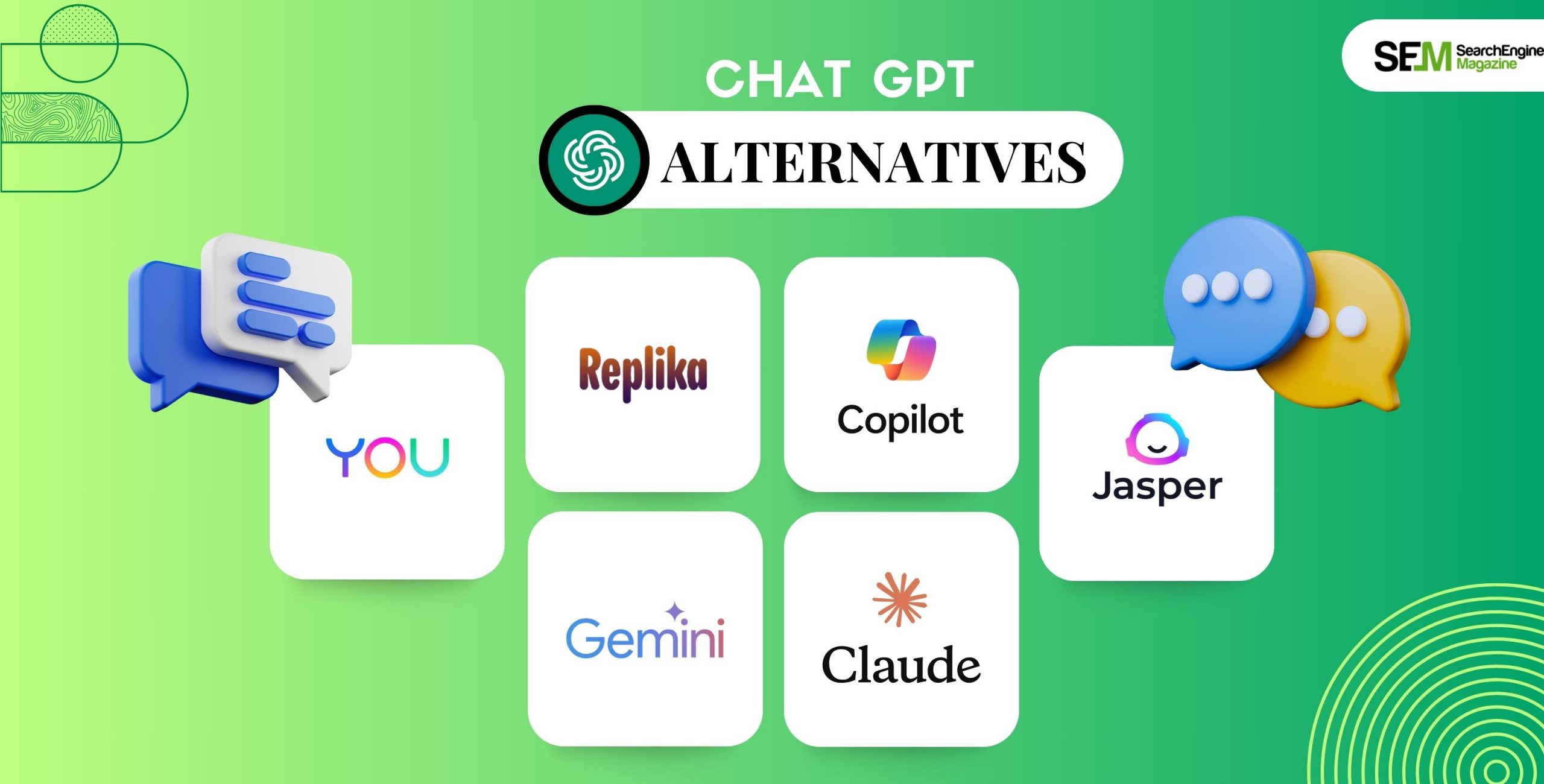
OpenAI has designed ChatGPT, which has completely repositioned how people interact with AI. This conversational agent can help provide answers to questions, generate content, and help out with various tasks.
From businesses seeking improved customer service to marketers trying to automate content creation, there is enormous adoption of ChatGPT across industries. Despite its power, it may not be the best fit for all organizations or a use case, hence the increased demand for ChatGPT alternatives.
For example, businesses, developers, and individuals requiring specific capacities, such as better contextual understanding, customization, or multimodal functionality, should consider alternatives to ChatGPT.
In this article let’s dive into why it’s essential to explore alternatives, how one should evaluate different AI tools, and review some of the best AI chatbots available today.
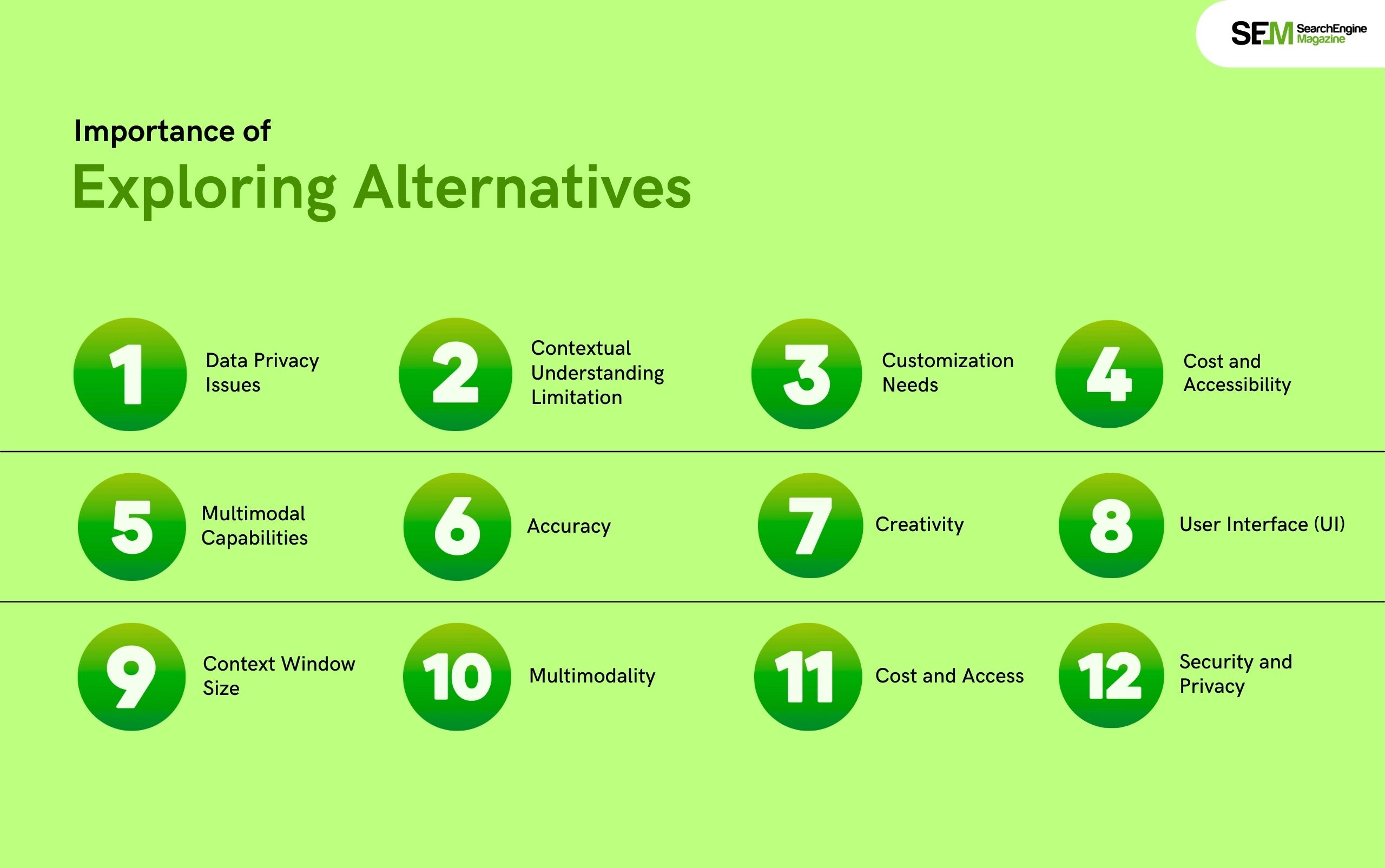
Although ChatGPT offers great capabilities, it may not necessarily fulfill every desire. Here are some important reasons why businesses and developers should consider alternatives:
The policies of ChatGPT, in terms of collecting user data to improve the model’s performance, might not be appropriate for businesses that involve sensitive or confidential information. Such sectors as healthcare and finance require tighter control over data security and privacy; hence, alternatives may provide that.
Despite this level of strength, in longer conversations, the context sometimes goes away for ChatGPT. The model forgets crucial early information and does not often connect ideas that span several exchanges. Larger context windows or advanced memory features might make all the difference.
ChatGPT is a general-purpose chatbot, but some businesses may require more specific functionalities, such as an AI designed for technical support, customer service, or creative content generation. Customization and domain-specific training can be crucial in providing more accurate, industry-specific responses.
The pricing model of ChatGPT might not fit all business budgets, especially small to medium-sized enterprises. Some alternatives offer more flexible, cost-effective pricing structures or usage models that might be better suited for some needs.
If it relates to something more than text, image, audio, or video processing, the options will lead the AI chatbots in multimodal capabilities. Business ventures like e-commerce, education, and entertainment, among others, might find the capability useful.
The other AI chatbots can only be compared using a set of criteria that will reveal which one of them is ideal for your purposes. The critical factors to compare are:
Does the AI give contextually relevant answers? Does it understand nuances in language, recognize complex queries, and offer precise information? Accuracy is crucial for customer service, legal assistance, and technical support.
How creative is AI in tasks like content creation, marketing copy, or brainstorming? Some AI tools are great at generating engaging content, while others might be better for more structured, fact-based tasks. Creativity is essential for industries like advertising, entertainment, and media.
Is it easy to integrate into existing systems? How user-friendly is the interface, both for end-users and administrators? Seamless UI translates into quick uptake and workflow efficiency.
This determines how much information the AI can retain to reference in the conversation. A higher context window allows the chatbot to carry out coherent conversations for a more extended period, even for complicated dialogues.
Can it process and generate text, images, audio, or video as well? A great example could be in an education setting where concepts could be explained through chatbot images better than text would have done in the old method.
Does the AI fit within your budget? What pricing model does it use? Some alternatives might have free tiers or more affordable subscription plans, which could be useful for smaller businesses or startups.
How does the chatbot provider treat sensitive data? Does it comply with industry regulations, such as GDPR or HIPAA? Businesses should ensure that their AI tool respects data privacy and keeps customer information secure.
Many other AI solutions come with different capabilities, performance, and unique features to meet the needs of various businesses or individuals. In this section, we will explore the top ChatGPT alternatives, their capabilities, and the strengths they bring to the table.
These alternatives vary in purpose, functionality, pricing, and industry-specific use cases. Let’s dive deeper into some of the most popular ChatGPT alternatives and how they stand out in the AI ecosystem.

Claude AI is a good fit for enterprise applications in sectors that require assurance of AI safety and ethical output, such as,
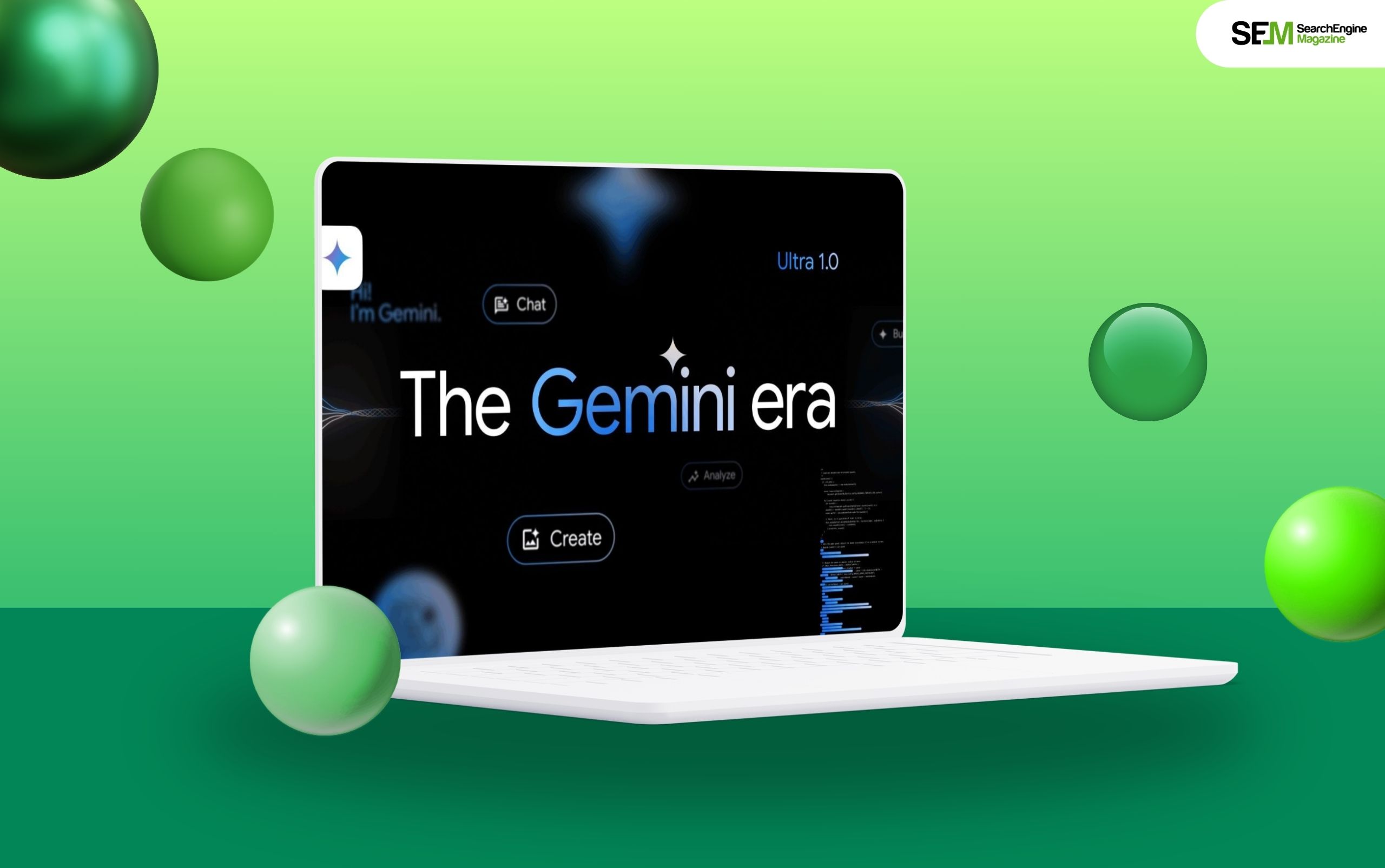

Utilization Scenario Microsoft Copilot is best used in business organizations as a productivity assistant in the development and editing of documents, data analysis and communication, and within the Windows ecosystem.
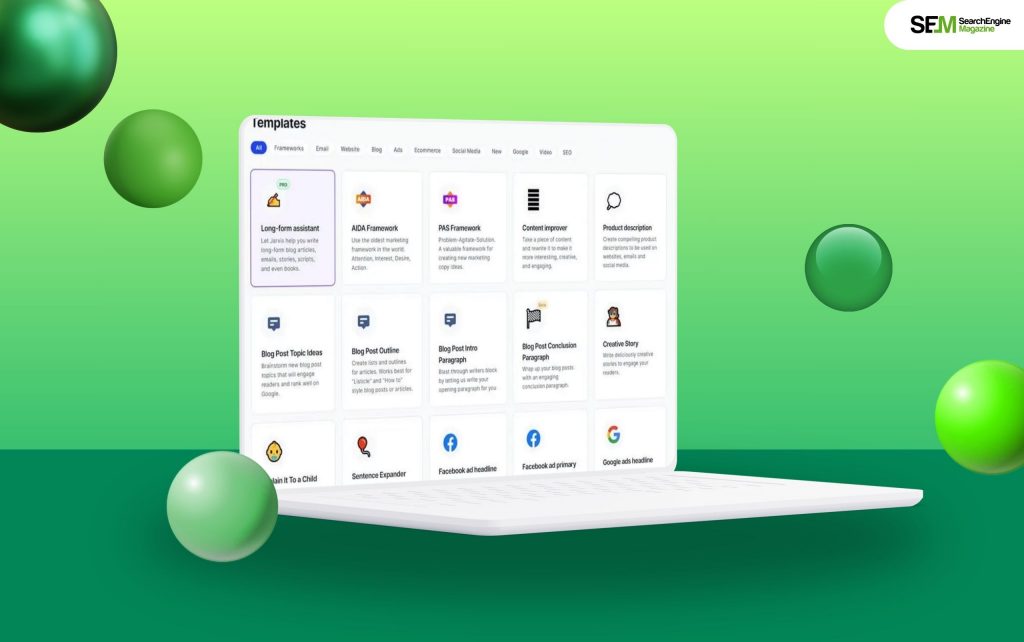
Jasper Ai is fantastic for businesses, marketers, and creators that need high-quality, SEO-optimized content and ad copywriting at scale.
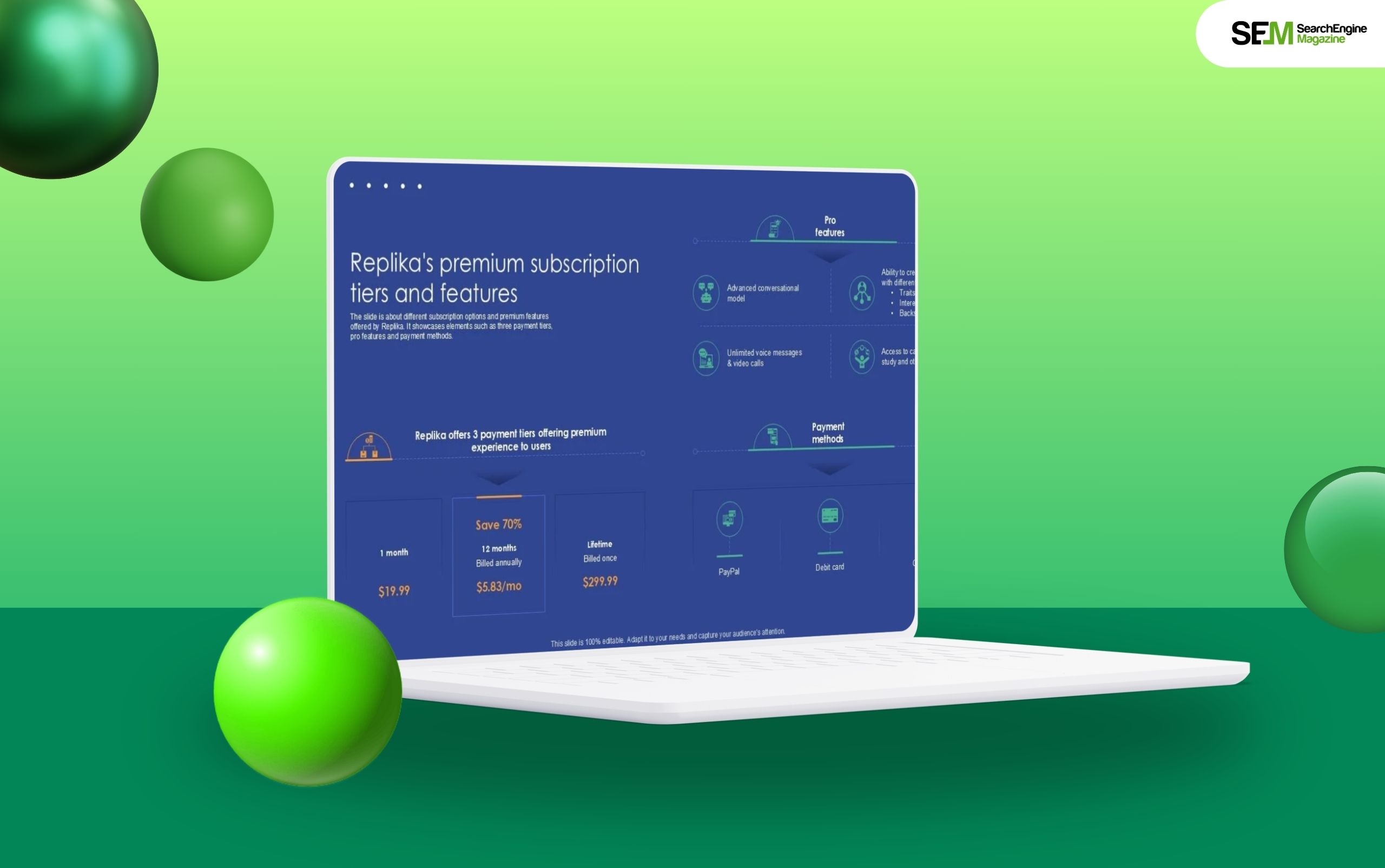
Replika is great for personal companionship, mental health support, and casual conversation but not for business applications.
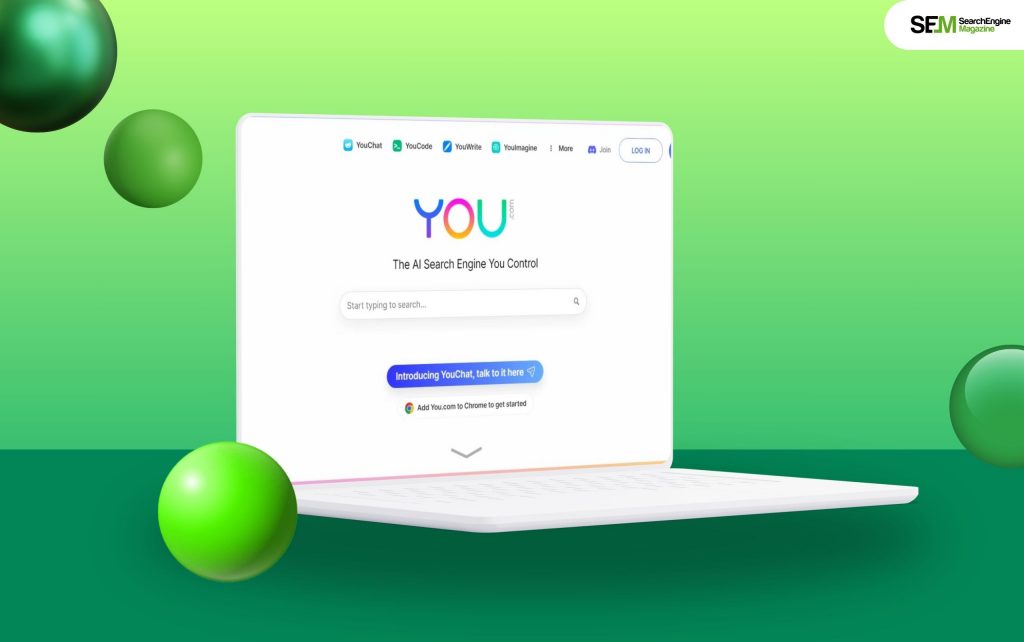
YouChat is perfect for users or businesses that need to retrieve information in real time and multitask at a rapid pace.However, not for complex emotional interactions or creative tasks, this app will help you to understand creativity and integrate into your content.
Though ChatGPT is a giant in the AI space, researching its alternatives provides a treasure trove of opportunities for businesses and developers to avail themselves of tools that may align with their business or needs.
From the focus on safety issues with Claude AI to the absolute content-creating capabilities of Jasper AI, there is something for every industry. Careful analysis of features, pricing, and use cases helps businesses use the best AI tool to optimize efficiency and innovation among teams and customers.
Nabamita Sinha loves to write about lifestyle and pop-culture. In her free time, she loves to watch movies and TV series and experiment with food. Her favorite niche topics are fashion, lifestyle, travel, and gossip content. Her style of writing is creative and quirky.
View all Posts
How Data-Driven Hiring Reduces Costs and Impr...
Mar 29, 2025
Why Headless CMS Works Well for EdTech Startu...
Mar 29, 2025
Building Topical Authority to Excel in Search...
Mar 29, 2025
The Impact of Professional Recruitment Servic...
Mar 29, 2025
The 13 BEST Quillbot Alternatives In The Mark...
Mar 29, 2025

